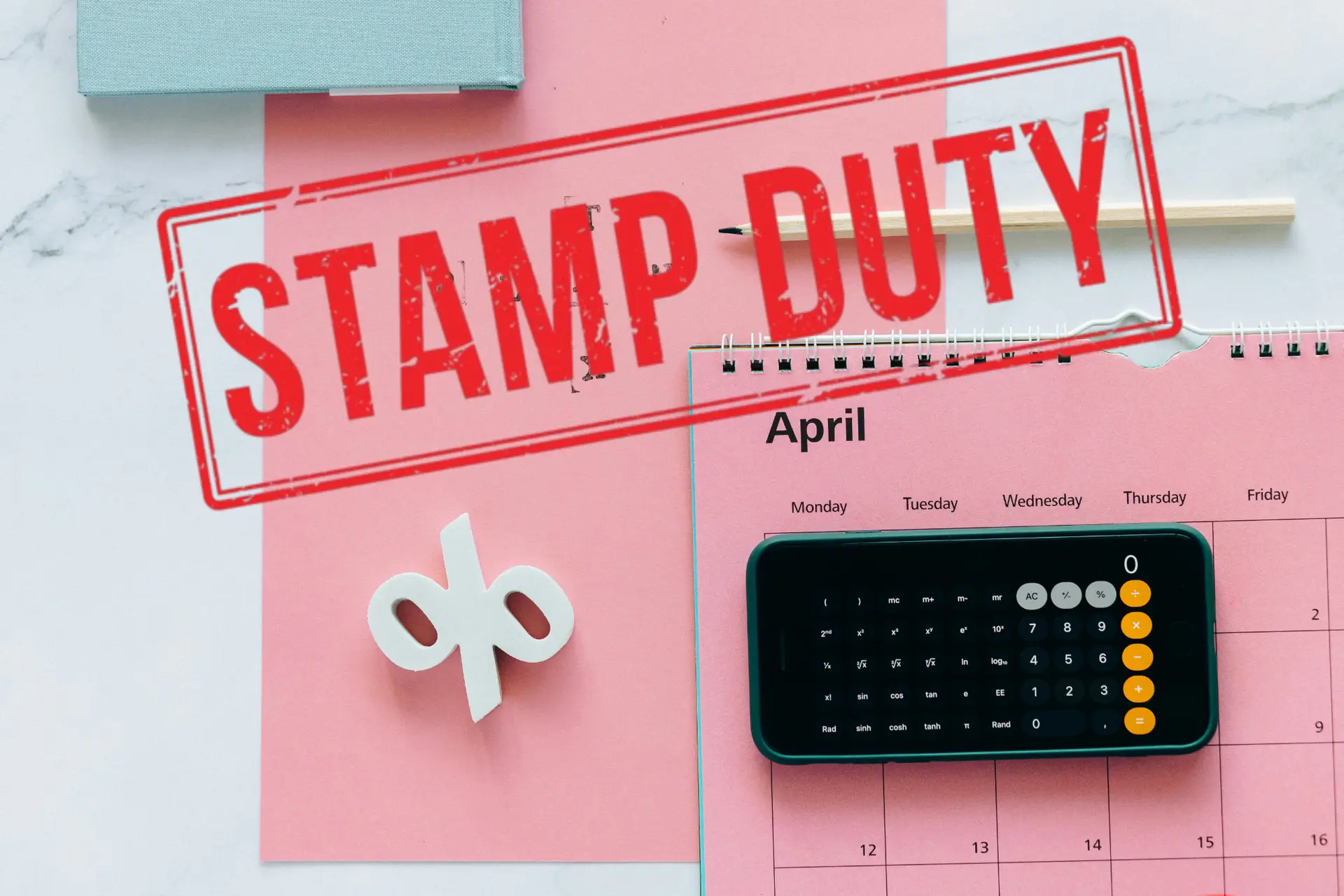Stamp Duty Changes in 2025: What You Need to Know

Author
Published on
Category
Recent Posts
Get in Touch
At Hauseit, we know that changes in property taxes like Stamp Duty can have a big impact on your buying decisions. To help you make an informed choice, we’ve created this Q&A guide about the upcoming Stamp Duty changes set to take effect in April 2025.
Q: What is Stamp Duty, and why does it matter for homebuyers?
A: Stamp Duty is a tax paid by homebuyers in England and Northern Ireland when purchasing a property. The amount you pay depends on the property’s price and your buyer status (f
or instance, whether you’re a first-time buyer or an additional property owner). For most buyers, Stamp Duty is one of the largest expenses associated with purchasing a home, so any changes to its thresholds or rates can significantly impact your budget.
Q: What changes to Stamp Duty were recently announced?
A: In the Autumn Budget, it was revealed that Stamp Duty thresholds are set to be lowered in April 2025. Currently, there’s a higher threshold before buyers must start paying Stamp Duty. However, from April 1, 2025, this threshold will drop, meaning that more buyers will pay Stamp Duty and existing buyers may face higher costs.
For instance:
- General homebuyers: The tax-free threshold will decrease from £250,000 to £125,000. This means that if you’re buying a property over £250,000, you’ll pay an additional £2,500 in Stamp Duty.
- First-time buyers: The threshold is dropping from £425,000 to £300,000, which could add thousands to the overall cost for buyers purchasing homes above the new threshold.
Q: How much extra will I need to pay if I buy a home after these changes take effect?
A: Here’s a quick breakdown:
| Buyer Type | Current Thresholds (2024) | April 2025 Thresholds | Example Property Price | Stamp Duty (2024) | Stamp Duty (2025) | Difference |
|---|---|---|---|---|---|---|
| Non-First-Time Buyer | – 0% up to £250,000 | – 0% up to £125,000 | £300,000 | £2,500 | £5,000 | +£2,500 |
| – 2% from £250,001 to £925,000 | – 2% from £125,001 to £250,000 | £500,000 | £10,000 | £12,500 | +£2,500 | |
| £600,000 | £15,000 | £17,500 | +£2,500 | |||
| First-Time Buyer | – 0% up to £425,000 | – 0% up to £300,000 | £400,000 | £0 | £2,000 | +£2,000 |
| – 5% from £425,001 to £625,000 | – 5% from £300,001 to £500,000 | £425,000 | £0 | £6,250 | +£6,250 | |
| – No first-time buyer relief above £500,000 | £625,000 | £10,000 | £21,250 | +£11,250 | ||
| Additional Property | – Extra 3% on top of standard rates | – Extra 5% on top of standard rates | £300,000 | £11,500 | £15,000 | +£3,500 |
| £500,000 | £25,000 | £30,000 | +£5,000 | |||
| £750,000 | £39,500 | £47,500 | +£8,000 |
This table provides a clear comparison of the current vs. upcoming Stamp Duty rates and illustrates the financial impact for buyers at different property price points.
Q: Why weren’t these changes announced in the Chancellor’s speech?
A: While these changes weren’t highlighted in the Chancellor’s speech, they were included in the full Budget documentation. Essentially, the government decided not to extend the current elevated thresholds that were initially introduced to stimulate the housing market. As a result, the thresholds will revert to their previous levels, effectively raising Stamp Duty for many buyers.
Q: Will these changes apply to properties in Scotland and Wales?
A: At the moment, these changes are specific to England and Northern Ireland. However, Scotland and Wales often follow similar adjustments, so it’s possible we’ll see similar changes there. If you’re buying in these regions, keep an eye out for updates.
Q: How can I avoid paying higher Stamp Duty?
A: If you’re already considering buying a property, aim to complete your purchase before April 1, 2025. Doing so could save you thousands in Stamp Duty costs. If you’re in the early stages of your search, this timeline may still be achievable. At Hauseit, we can help you find the right property quickly and guide you through the purchasing process to help you meet this deadline.
Q: Will this impact me if I’m buying a second or additional property?
A: Yes, the new changes also increase the additional Stamp Duty rate for those purchasing a second or additional property. The surcharge has risen from 3% to 5%, which could significantly raise costs for investors or those buying a holiday home. For example, on a property worth £300,000, an additional buyer would now pay an extra £15,000 in Stamp Duty due to the increased surcharge.
Q: What should I do if I’m planning to buy in 2025 but can’t meet the April deadline?
A: If you’re planning to buy but can’t meet the April deadline, consider budgeting for these additional costs. For first-time buyers especially, it may be wise to adjust your expectations and explore slightly lower-priced properties or additional financing options.
Q: How can Hauseit support me in navigating these changes?
A: At Hauseit, we specialize in helping buyers and investors understand the ins and outs of property purchasing, including tax changes. We offer advice tailored to your buying situation and can help you stay on top of upcoming deadlines. Whether you’re a first-time buyer or seasoned investor, our team is here to guide you through every step.
If you have any questions or need help fast-tracking your property search before April, get in touch with us today. Let’s make sure your next property purchase is as smooth and cost-effective as possible.
For more insights on property buying, Stamp Duty tips, and market updates, subscribe to Hauseit’s blog, Hause Going, and stay informed!


